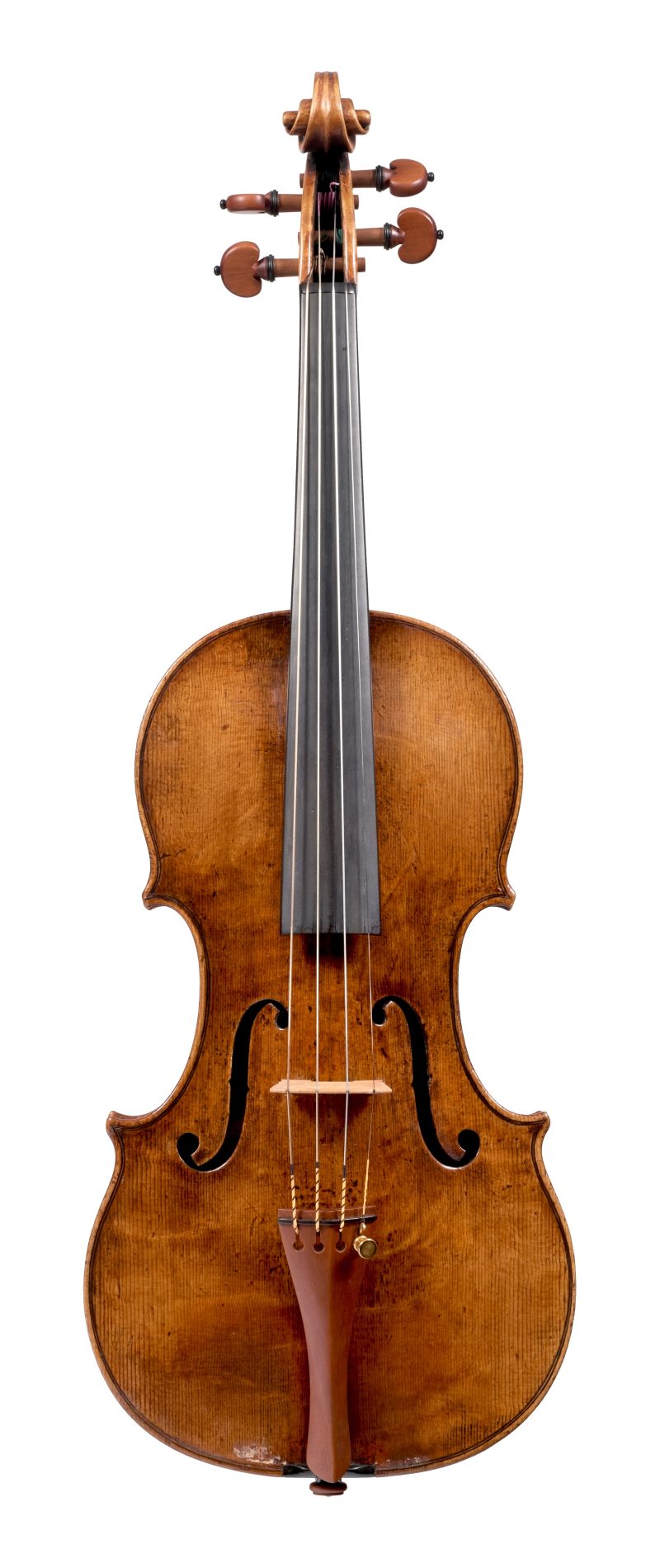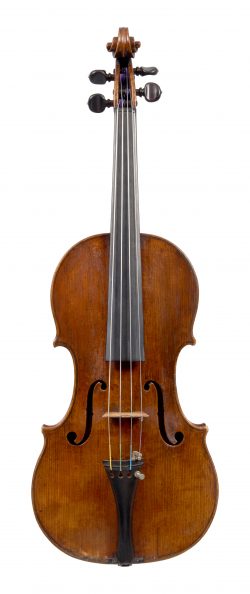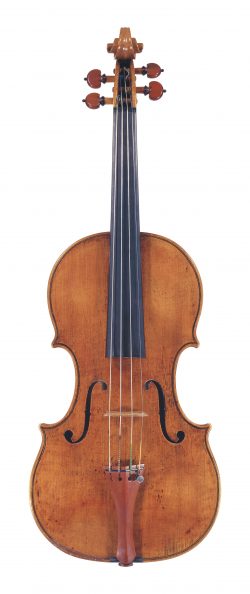Francesco Rugeri
Francesco Rugeri is traditionally thought to have been Nicolò Amati’s earliest pupil. There is no record of Rugeri on the census of the Amati household, however, so it is likely that Rugeri was merely influenced by, rather than taught by, his Cremonese contemporary. We do know that the two families were connected, and in fact Nicolò Amati was godfather to one of Rugeri’s sons. This would explain the stylistic link between Rugeri’s and Amati’s work, even though the Rugeri family lived in the parishes of San Bernardo and San Sebastiano, outside Cremona’s city walls.
Amati’s dominance in the city of Cremona was enough to ensure that Rugeri never found great renown in his lifetime; yet today his instruments are held in almost equal esteem to those of Amati. Most of Rugeri’s work dates from the 1670s and 80s and adheres closely to the Amati model, and he is believed to have occasionally inserted Nicolò Amati’s label into his own instruments. The circa 1670 violin is a fine example based on Amati’s Grand Pattern, and shows the typically shallow cut of Rugeri’s scrolls, combined with a rather flamboyant choice of wood and varnish.
Rugeri’s most significant contribution to violin making was his development of a cello of smaller proportions than those prevalent at the time. He was the first Cremonese maker to do so, some twenty or so years before Andrea Guarneri and Stradivari, and his cellos are still highly prized today, such as the fine example from 1689.
Francesco was assisted by his three sons, Giovanni Battista, Giacinto and Vincenzo, although Vincenzo was the only one who achieved any level of success independently after his father’s death.



















